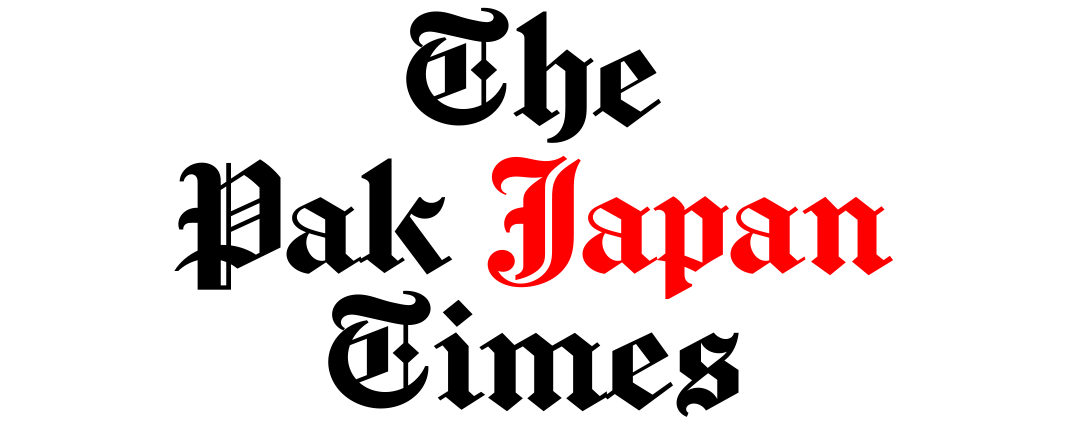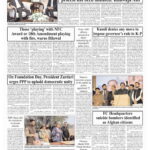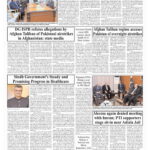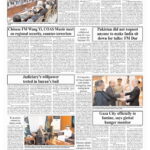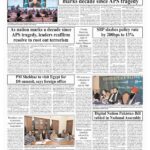By Engineer Rashid Mahmood Awan
President CEAFP
The global economic landscape is changing rapidly. Developing countries, already grappling with foreign exchange pressures, import costs, and capital shortages, are seeking new models to strengthen trade without straining national reserves. One such model is the “Intra Group Commercial Import and Financing Mechanism” — a system in which foreign and local companies belonging to the same corporate group create an internal trade and financing cycle.
This model holds particular promise for Pakistani entrepreneurs who already have registered companies in Japan or other countries. If these companies establish subsidiaries or branch offices in Pakistan and maintain a fixed amount (for instance, One Million USD) as working capital, this investment would not negatively affect Pakistan’s foreign reserves. Instead, it would generate commercial liquidity within the country.
Under Japan’s Foreign Exchange and Foreign Trade Act (FEFTA), any registered company can transfer funds to its overseas subsidiary in the form of investment or an Intra Group Loan, provided that the transaction is transparent and routed through a bank with full disclosure of the Source of Funds and Purpose Declaration. There is no fixed ceiling under this law — what matters is transparency and proper reporting. This means Japan-based, Pakistani-owned firms can easily fund their subsidiaries in Pakistan through legitimate banking channels.

According to the State Bank of Pakistan (SBP) regulations, when a foreign company transfers funds to its subsidiary or branch within Pakistan, it qualifies as Foreign Direct Investment (FDI). Such capital inflows do not burden national reserves because they are treated as Non-Repatriable Working Capital, allowing local utilization for commercial activities.
If this capital is applied to commercial automobile imports, the subsidiary in Pakistan can pay 30% advance to its Japanese parent company and settle the remaining 70% upon arrival of the vehicles. This keeps money circulating within the same group, maintains trade balance, and protects the country’s reserves from unnecessary outflow.
In parallel, the government should consider modernizing its existing overseas Pakistani schemes under the same policy framework. Overseas Pakistanis — the backbone of the national economy — deserve greater facilitation. For example, if a Pakistani expatriate remits $50,000 in one year, they should be eligible for custom duty relief on cars up to 660cc. Similarly, those remitting $100,000 should receive relief on cars of 1000cc or above. Furthermore, the condition that vehicles must be imported only from the country of residence should be relaxed, as many regions (e.g., Gulf states) operate left-hand drive systems, making import impractical.
Additionally, restrictions such as the one-year sale ban or registration lock should be lifted so that individuals facing financial difficulties can liquidate their vehicles if needed. The definition of an “Overseas Pakistani” should also be revised to include freelancers and remote workers in Pakistan who contribute to foreign exchange earnings through digital services — they, too, should benefit under this framework.
This entire model establishes a self-sustaining financial loop — capital remains within the economy, businesses thrive, and there is no need for external borrowing or added fiscal stress. If the government limits this scheme to Pakistan-owned international companies, it will encourage overseas Pakistani investors to actively participate in national economic stabilization.
Ultimately, this proposal lays the foundation for a Smart Trade Financing Ecosystem, modernizing import practices, promoting circular capitalization, and advancing Pakistan toward trade self-sufficiency — where the capital is domestic, the trade is indigenous, and the stability is national.
